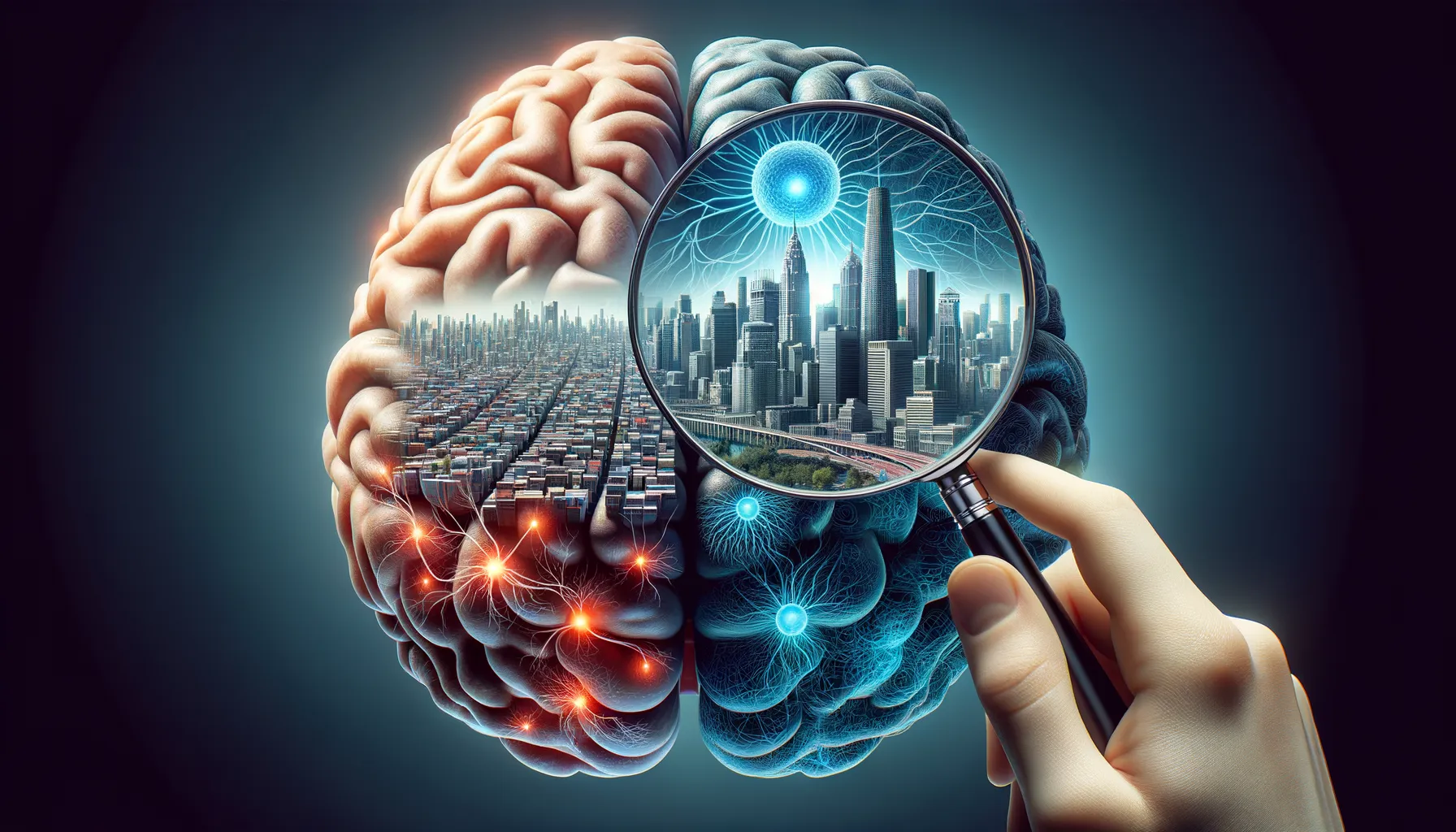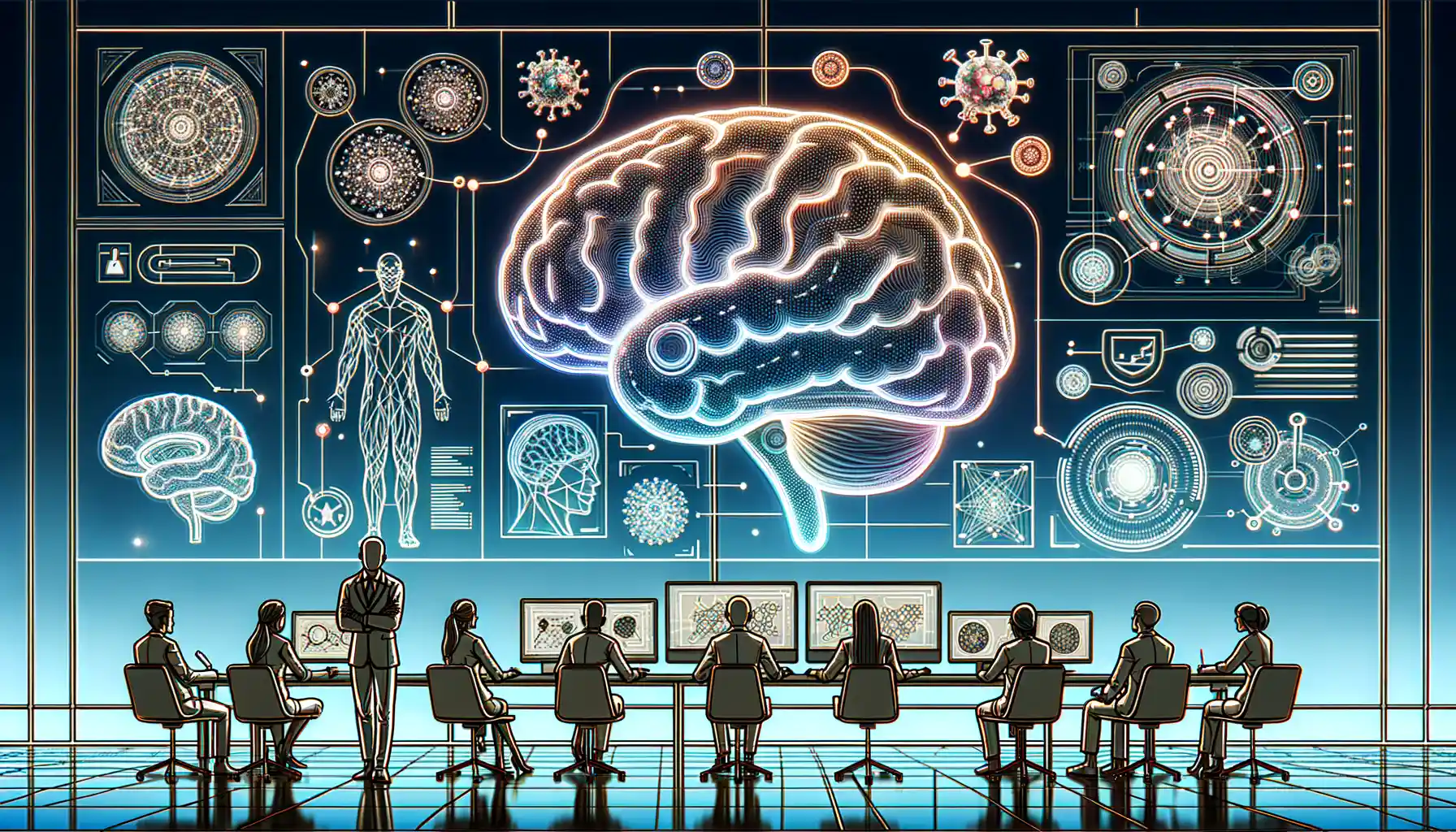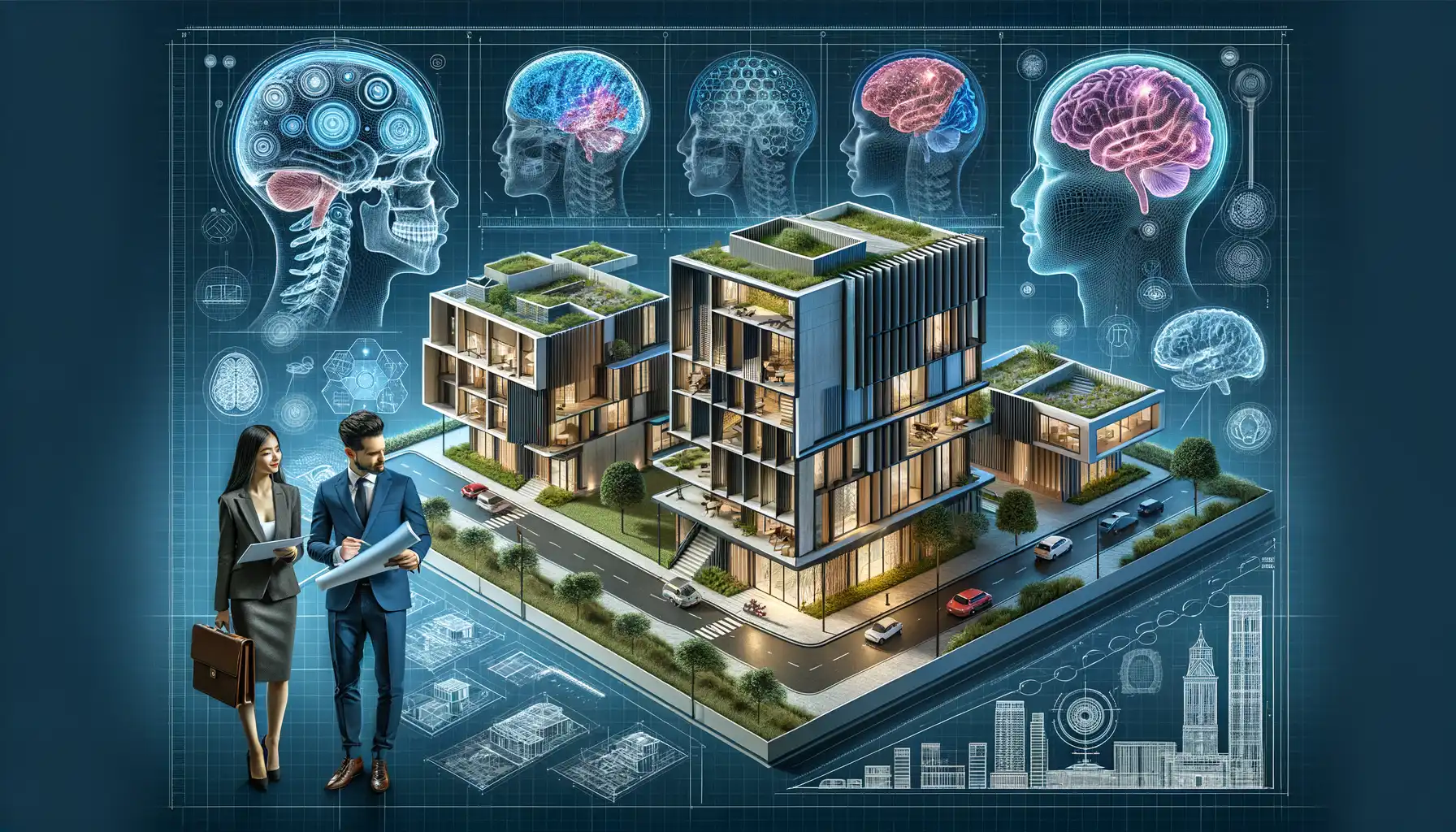Introduction to Neuroarchitecture
Picture walking into a space that seems to “understand” you—a room that feels calming after a hectic day or invigorating when you need focus. What if your surroundings weren’t just walls, windows, and furniture, but active participants in shaping your mood, productivity, and even the way your brain works? Welcome to the world of neuroarchitecture, where brain science meets design to create environments that do more than house us—they enhance us.
What Makes Neuroarchitecture So Remarkable?
Unlike traditional design, neuroarchitecture isn’t just about aesthetics or functionality. It delves deep into how our brains respond to everything—from the rhythm of light to the texture of materials. Imagine stepping into a workspace filled with natural light and gentle curved lines; your stress levels drop, and voilà—your creativity takes flight. That’s not coincidence; that’s science at work.
- Lighting that mirrors natural cycles can improve sleep patterns and reduce anxiety.
- Certain hues, like blues and greens, stimulate focus, while warmer tones spark social interactions.
- Even the shape of a ceiling—arched or flat—can impact how big or small a place feels, influencing our emotions on a subconscious level.
The Space Brains Have Been Waiting For
Think about it: we spend nearly 90% of our lives indoors, yet few of these spaces are designed with the brain in mind. Neuroarchitecture transforms this oversight into opportunity. Whether it’s embedding sensory-friendly zones in schools for better learning or designing hospitals that naturally lower patient stress, this fusion of neuroscience and architecture opens new doors—literally and figuratively.
The Science Behind Neuroarchitecture

How Your Brain Dances with Design
Have you ever walked into a room and felt your mood instantly shift? That’s no accident—it’s science. Neuroarchitecture dives deeply into how our brains are wired to respond to the spaces we inhabit, blending neuroscience with architecture in ways that can feel almost magical. Think about it: a well-lit café bustling with laughter might unconsciously energize you, while a dim, cluttered office could sap your creativity like a black hole.
The reason lies in how our brains process elements such as light, sounds, textures, and even the height of ceilings. Studies show that environments can influence neural pathways tied to memory, emotions, and decision-making. For instance, natural light doesn’t just make a space look nice—it boosts serotonin and enhances focus.
Even the smallest details matter. Here are just some examples:
- High ceilings promote abstract thinking and innovation—perfect for dreamers and creatives.
- Rounded edges on furniture or architecture evoke feelings of safety and relaxation.
- Biophilic design (think greenery and nature elements) soothes stress and restores mental clarity.
Neuroarchitecture is like giving your brain a cheat code to thrive. It’s not just about “living somewhere.” It’s about living better, smarter, freer.
Design Principles to Enhance Brain Function

How Light and Color Spark Mental Clarity
Have you ever felt instantly energized in a room bathed in soft, golden sunlight? That’s no accident—light is like a secret passageway to how our brain processes energy and focus. Studies show that exposure to *natural light* boosts the production of serotonin, enhancing mood and mental clarity. So, imagine swapping harsh fluorescent bulbs for expansive windows or even adjustable LED lights that mimic sunrise hues. Suddenly, your workspace becomes not just a room but a sanctuary for sharper thinking.
And then there’s color—a paintbrush for the mind. Cool blues bring tranquility, ideal for brainstorming, while bursts of yellows ignite creativity. Consider using pops of these shades where focus matters most, like around your desk or reading nook. Think of them as visual espresso shots for your psyche.
- Introduce daylight-mimicking lights to regulate energy levels.
- Use calming colors (like blue) where you relax, and vibrant ones (yellow, orange) for creative zones.
Furniture That Thinks With You
Ever notice how sinking into a plush couch can make thoughts meander, but sitting upright at an ergonomic desk sharpens focus? It’s because furniture dictates more than posture—it molds how we engage with tasks. A *well-designed chair* encourages alignment, freeing up your brain from body aches so it can fully concentrate.
But let’s take it further. Modular furniture—like desks that adjust for standing or cozy breakout pods for team chats—invites movement and flexibility. Movement activates brain cells responsible for memory and problem-solving. Picture this: swapping traditional boardrooms for standing tables where ideas literally gain momentum.
Case Studies of Successful Neuroarchitectural Designs

Where Biophilia Meets Productivity: The Amazon Spheres
Imagine stepping into a lush, vibrant rainforest—only you’re in the middle of a city. That’s what Amazon achieved with its groundbreaking Seattle Spheres. Designed to stimulate creativity and reduce workplace stress, these glass-domed marvels are more than just office spaces; they’re a sensory playground for the brain.
Here’s why they work:
- Natural Elements Everywhere: Over 40,000 plants from across the globe create a living, breathing ecosystem, boosting oxygen levels and calming minds.
- Dynamic Spaces: Forget standard office desks! With suspended meeting pods and cozy nooks, the design encourages a flow of movement—and ideas.
- Lighting Perfection: The spheres let in natural light while filtering harmful UV rays, helping employees stay sharp and energized all day.
It’s a reminder that innovative thinking thrives when your environment doesn’t stifle your senses but awakens them.
The Healing Touch: Maggie’s Centres
For cancer patients in need of serenity, Maggie’s Centres offer more than medical treatment—they’re sanctuaries of hope. Renowned architects like Zaha Hadid and Frank Gehry focused on crafting spaces that embrace warmth, comfort, and dignity.
Picture wood-lined walls, soft curves, and gardens you can wander through when words fail. These centers reject sterile, cold hospital vibes. Instead, they draw on neuroarchitectural principles to create havens where patients feel empowered rather than diminished.
Each design element—like expansive windows framing nature or communal kitchens inviting conversations—has a purpose. It’s architecture designed to heal not just the body but the mind.
Future Trends in Neuroarchitecture

Where Technology and Neuroscience Collide
Imagine stepping into a room that “knows” you’re stressed. Future neuroarchitectural designs could leverage cutting-edge tech like A.I. and biometric sensors to adapt spaces in real time based on your emotional state. A meeting room might dim its lights to reduce anxiety or a coworking floor might pump in energizing fragrances, responding to collective energy levels. This isn’t science fiction—it’s where neuroscience and tech are shaking hands.
We’re also looking at the integration of virtual reality (VR) and augmented reality (AR). Picture this: you’re walking through a virtual version of your home before it’s constructed, fine-tuning every corner based on how each design tweak affects your brainwaves. These immersive simulations could ensure spaces not only look good but feel “right”.
Biophilia 2.0: Beyond Green Walls
While nature-inspired design is nothing new, the future takes it up a notch. Forget just adding plants—research is ushering us toward:
- Buildings that actively improve air quality using living walls with mosses and algae.
- Dynamic interiors that mimic natural rhythms, like ceilings that change colors to simulate sunrise and sunset.
- Soundscapes embedded in architecture, recreating forest streams or ocean breezes indoors.
This evolution taps directly into our primal instincts for calm, connection, and harmony. The result? Spaces that don’t just house us—they nurture us.




